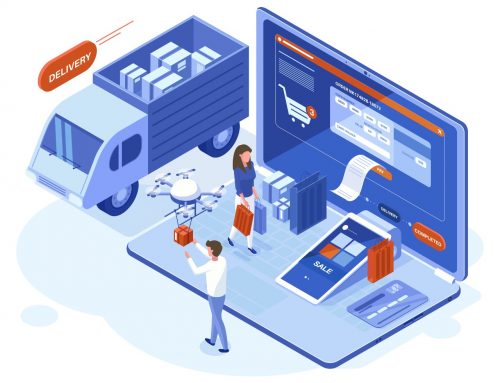Measuring price elasticity – how much price change affects demand – is an important part of price optimization. What additional factors impact an item’s price elasticity? And how does data analytics help?
In our last post, we introduced the basics of price elasticity: what it is and why it’s important. We also covered the different zones of elasticity, from perfectly elastic to perfectly inelastic; all products fall into one of these zones, which influences how consumers react to changing prices.
We also hinted that a lot of other factors go into price elasticity. Today, we’re going to look at eight of them.
Eight Things That Influence Price Elasticity
How much will consumers pay before discontinuing consumption of my product? This question is at the heart of price elasticity. However, a consumer’s “price point of no return†is rarely an arbitrary number. The following factors have a significant influence on both the stats generated and on actual consumer behavior:
- Circumstances of Measurement-The location and the metrics you choose for your study will influence your results — and so will when you collect your data. Price elasticity measurements change over time; the state of the economy, your competitors’ actions, and even other brand offerings all influence how people buy your product.
- Availability of Similar Products-Â If your product is similar to another product and both are readily available, consumers will feel that these are comparable (if not downright equal). This holds true even if there are differences in flavor, brand, and package size. In effect, the more choices a consumer has, the more elasticity we commonly see in product price.
- Pack Size-Â Even different variations of the same products, like having multiple pack sizes, can influence price elasticity. The elasticity on a two-liter bottle of soda may not be the same as a 12-pack.
- Different Retail Channels-Â Where your customers shop also makes an impact. Some retailers cater to more value-oriented crowds, while others attract shoppers looking for certain luxury brands. As a rule, online shoppers tend to be more sensitive to prices and more willing to search for deals.
- Competitor’s Reactions- If you change prices while your competitors hold the status quo, it can be a very different scenario than if all brands have a similar price shift at the same time. This should be kept in mind when working with historical data; don’t forget to factor in what other brands were doing during your own product’s price shift.
- Consumer Segment-Â Customers shopping for a certain brand or making purchasing decisions based on feature sets will be less price sensitive than those who are simply hunting for the best bargain. If your brand has a lot of loyal customers, how will they respond to a price change?
- Price Thresholds-Â This is an obvious one: if you raise your price beyond a given threshold, you will usually see volume drop. What this exact threshold is will depend on your product and customer, as well as on what other options are available.
- Direction of Price Movement-Â Sometimes, lowering a price can make quite a positive impact on volume. This is especially true of items that were priced beyond what the average consumer was willing to pay. Once this price drops, a larger percentage of people can afford to buy your product. Raising prices, on the other hand, generally does not attract a new group of consumers.
Clearly, many factors must be included in price elasticity modeling. This makes it a good candidate for data analytics.
Analytics and Elasticity Modeling
To find optimal pricing situations, it’s important to understand how your consumers will react to what exact change your brand makes for its product. Not all pricing options will have the same impact. To quantify all the above factors’ collective input on pricing, we need to implement data analytics in the form of a pricing simulator.
A pricing simulator lets you test the probable outcomes of various market scenarios. It aids in the development of price elasticity estimates, cross-price elasticity estimates, and price gap analysis for all brands and SKUs. It can help you answer questions like:
- Can this brand be a price leader? Or is it a follower?
- What is the current market structure? How will this affect my brand?
- How does the competition influence my pricing options?
- Will promotional pricing impact the everyday pricing of my product?
These are questions that brand managers prefer to have answered before decisions must be made. By using data analytics to measure and integrate all the factors discussed above, brand teams can replace guesswork with research and insight.































